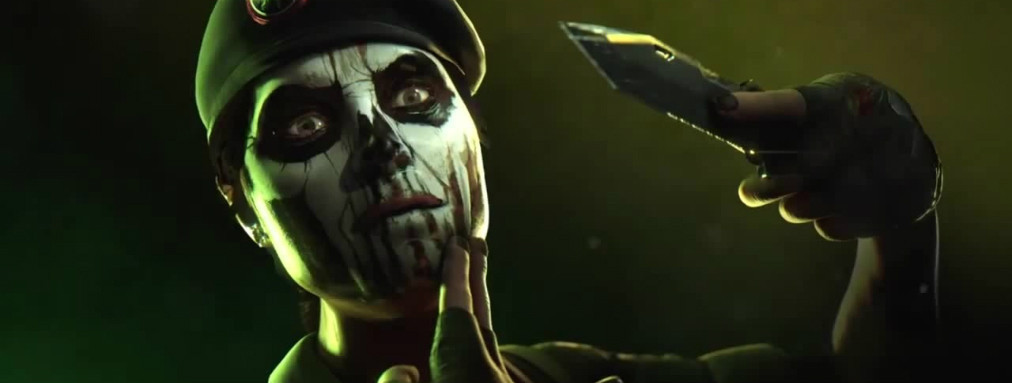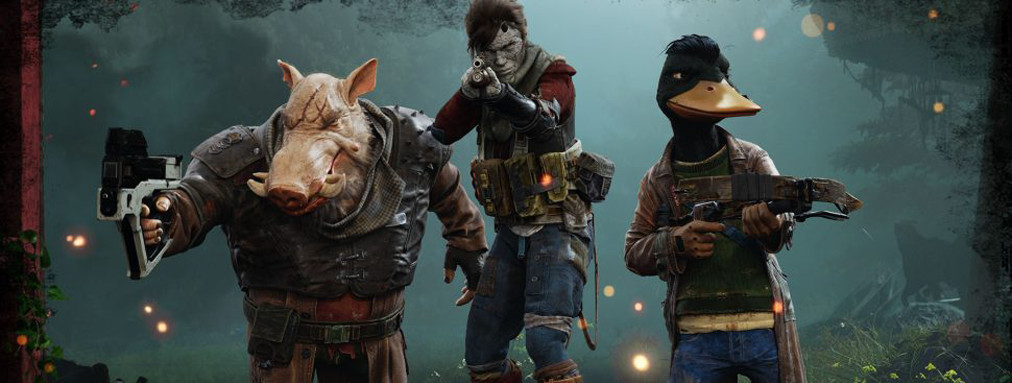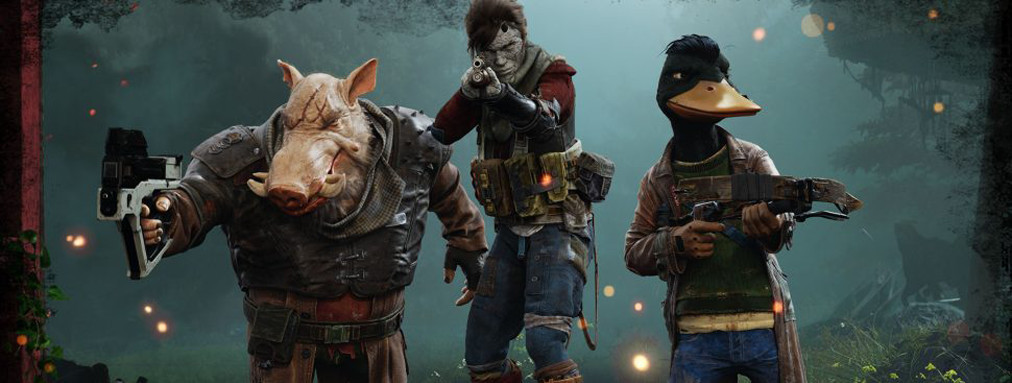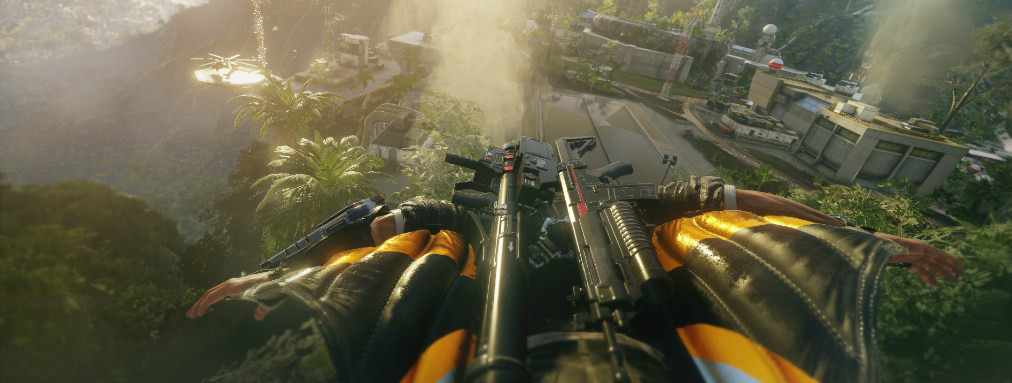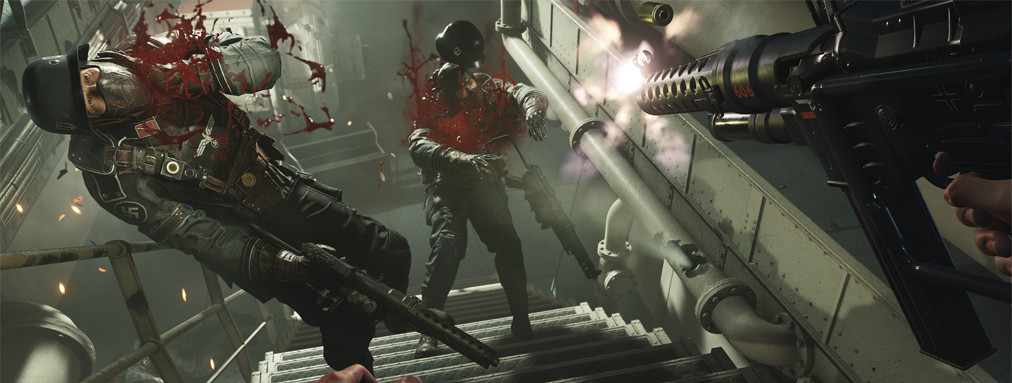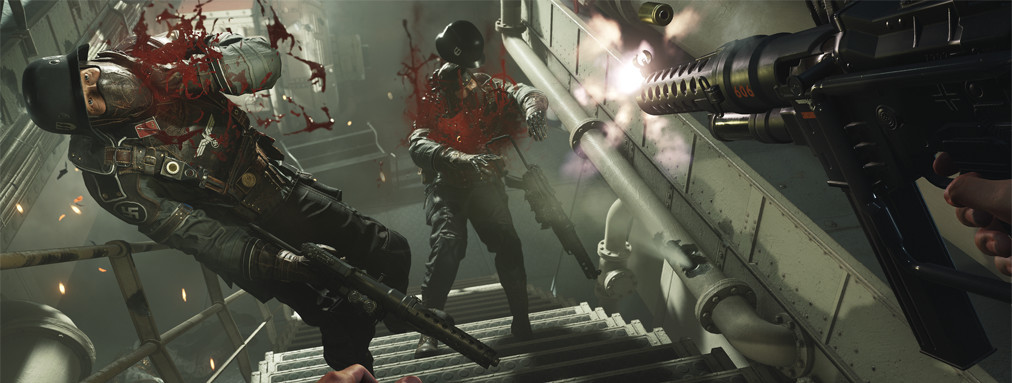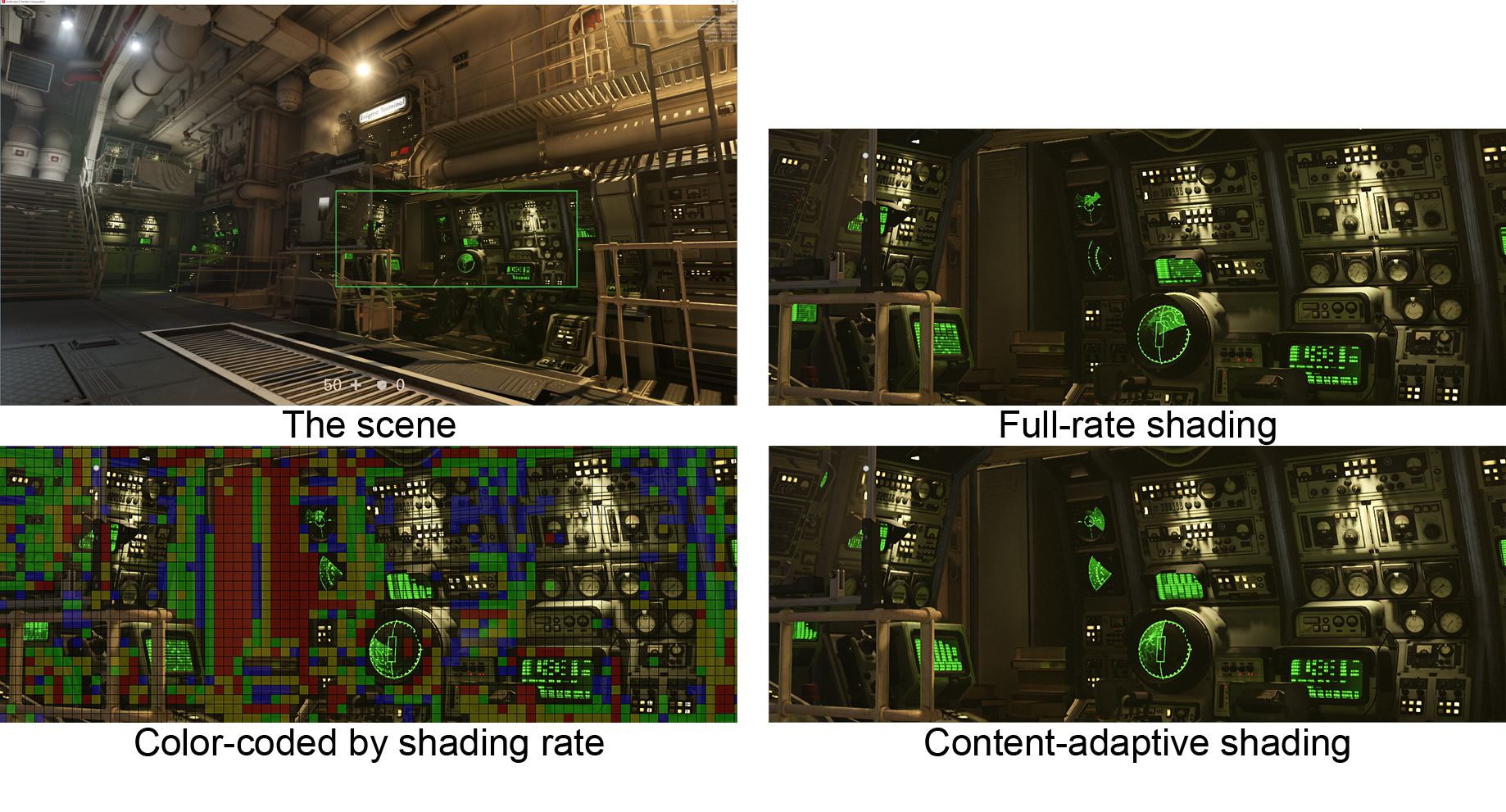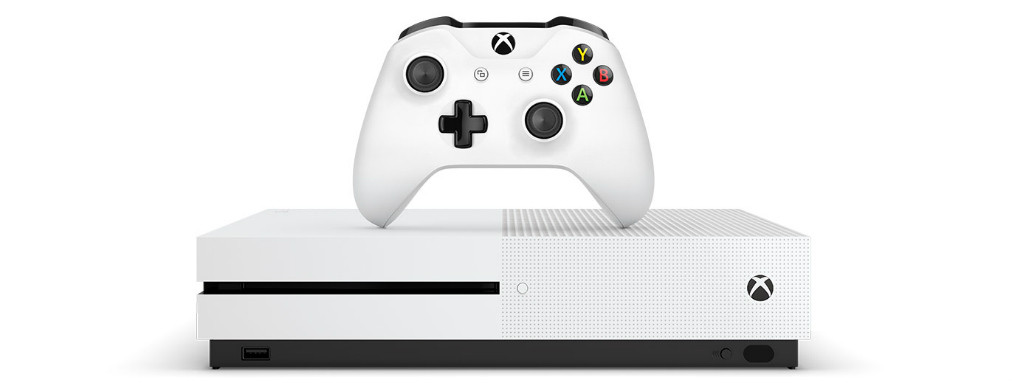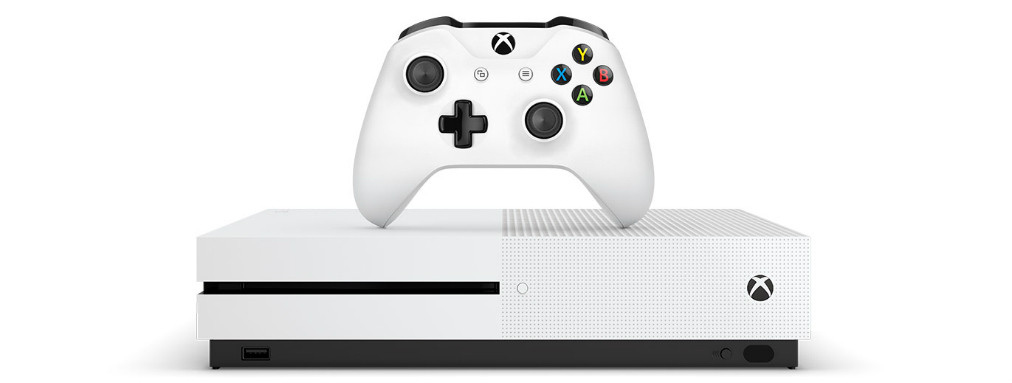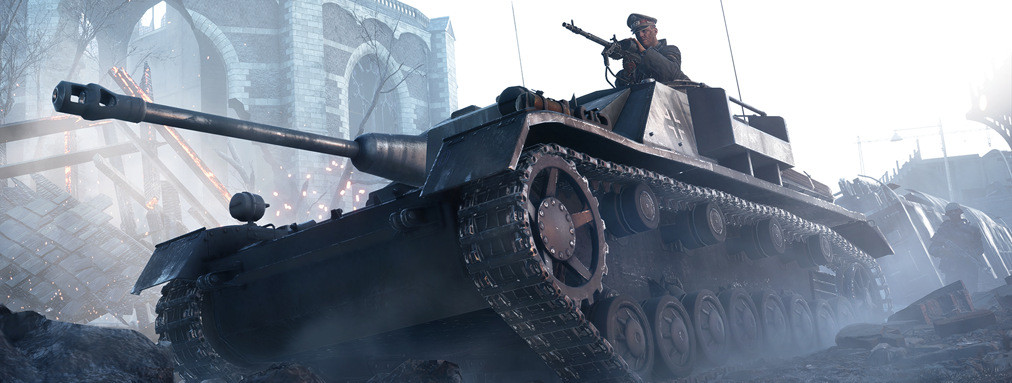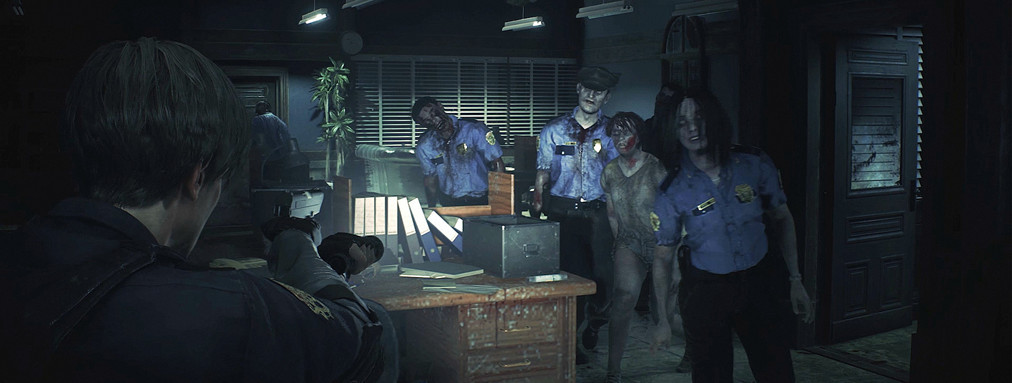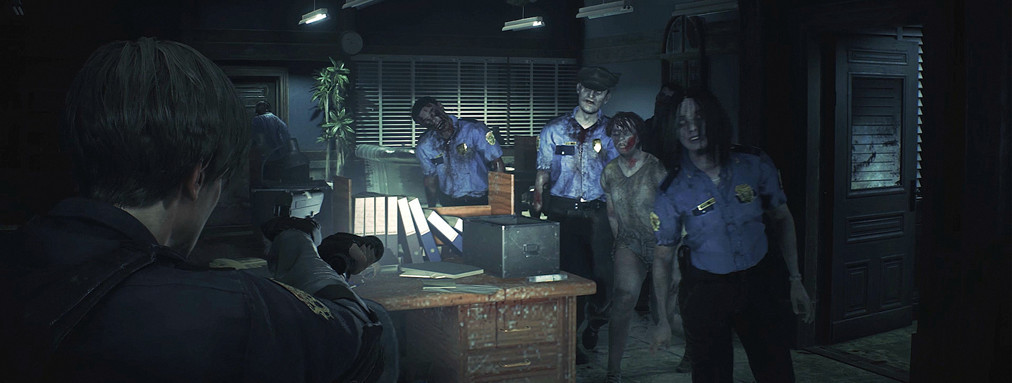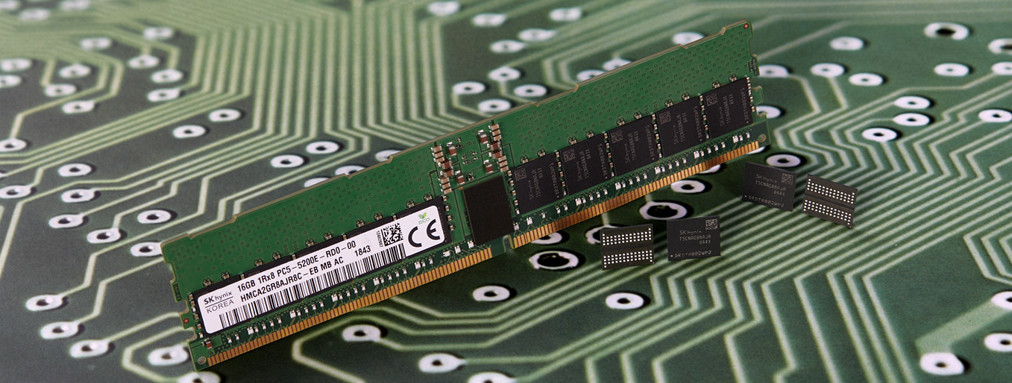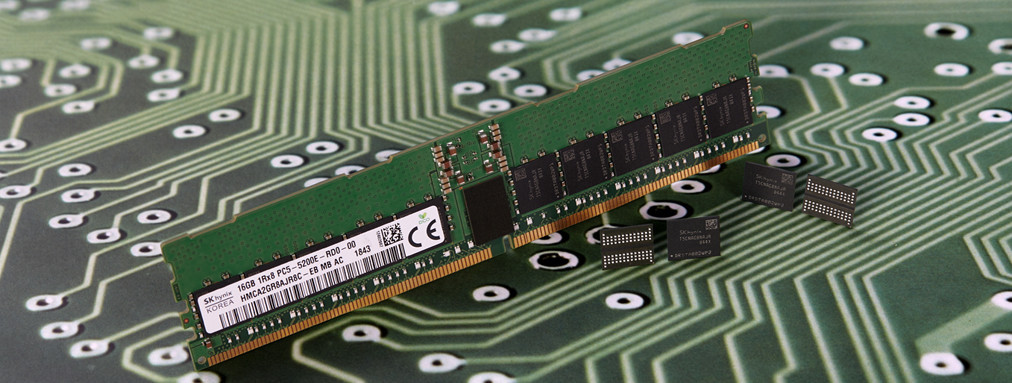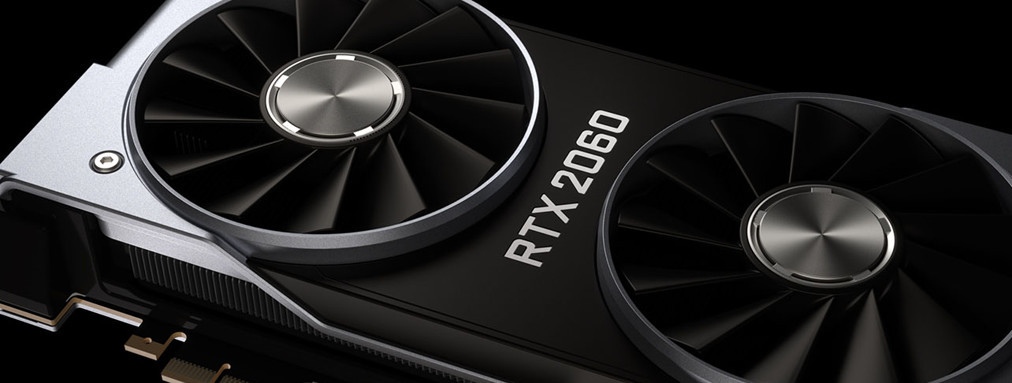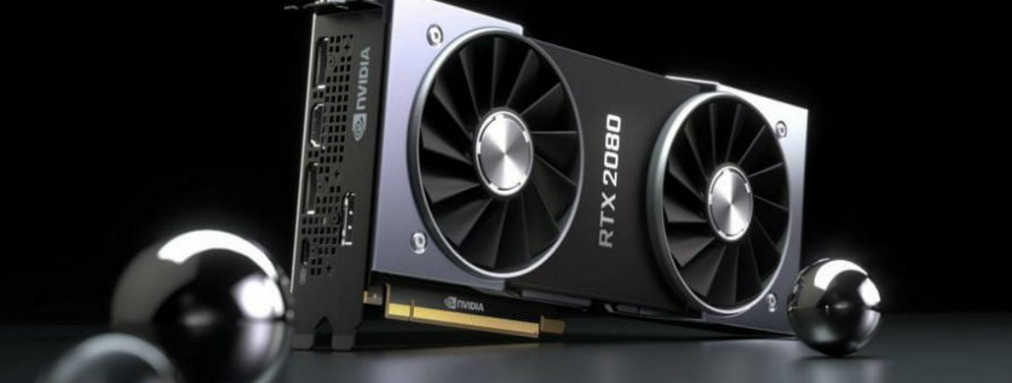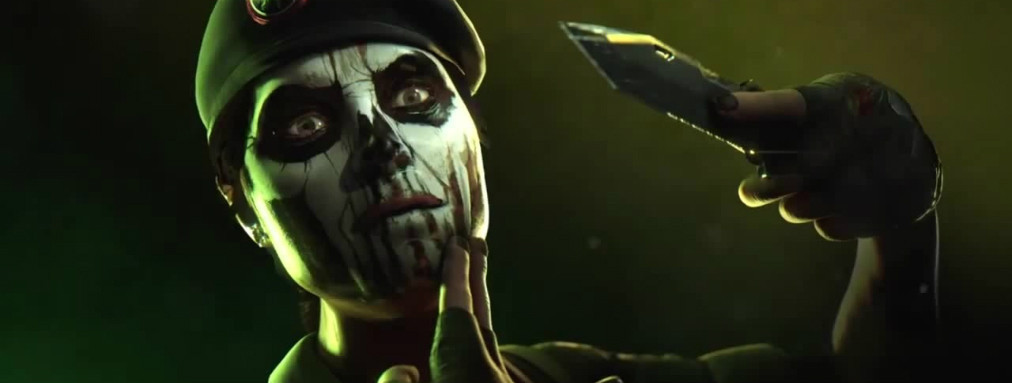
UPDATE: Ubisoft has reversed its decision to implement the planned aesthetic changes to Rainbow Six Siege following plenty of vociferous fan feedback. These changes were set to include the removal of gambling, violent, and sexual-themed content in Siege, in a move that was initially designed to prepare the game for the Asian market.
“On November 2nd, we shared an article detailing the Aesthetic Changes coming with Operation Wind Bastion,” wrote Ubisoft. “Since then, our community and players have raised concerns. We have spent the last week working on solutions and have decided that we will be reverting all aesthetic changes.
As for why these changes are happening, it’s a result of community feedback and, apparently, Ubisoft trying to remain as true to its original vision for Rainbow Six Siege as possible. “We have been following the conversation with our community closely over the past couple of weeks, alongside regular discussions with our internal Ubisoft team, and we want to ensure that the experience for all our players, especially those that have been with us from the beginning, remains as true to the original artistic intent as possible,” said Ubisoft.
While Ubisoft expects there to be a minimal impact on the reversal of these changes, it may mean a slight delay to the release of the upcoming Year 3 Season 4 on content for Rainbow 6 Siege. Well, it’s either that or “some instability” as testing times for the update will be shortened.
The move was evidently spurred on by members of Siege’s fanbase. They weren’t overly keen to see this instance of self-censorship despite Ubisoft’s efforts at expanding the global appeal. Splintering off into two distinct branches appears to be the smarter move, although there’s a question as to whether the damage has already been done.
Original Story: 04-Nov-2018 – Violent, Gambling and Sexual Content to be Removed From Rainbow Six Siege
Ubisoft has announced a raft of frankly bizarre aesthetic changes being made to Rainbow Six Siege next season as it prepares to expand into Asian territories. More specifically, it appears to be a move to cater to the Chinese market.
These changes include reworking each and every map in R6 Siege in order to remove all references to gambling, sexual content, death, and even blood spatter. Yep, you heard that right, as of Rainbow Six Siege Year 3 Season 4, there will be no blood spatter whatsoever.
Crucial to all of this is that Ubisoft is making these changes globally. Rather than branch out different versions of Siege, it wants to maintain a single build that streamlines production time and increase efficiency. The downside, naturally, is we all have to have the same version of the game, censorship and all.
Getting down to the nitty-gritty of what will be removed and what will be altered, blood is arguably the biggest game changer. Blood splatter can help indicate both a successful hit and warn of the direction of gunfire before rounding a corner. But not anymore.
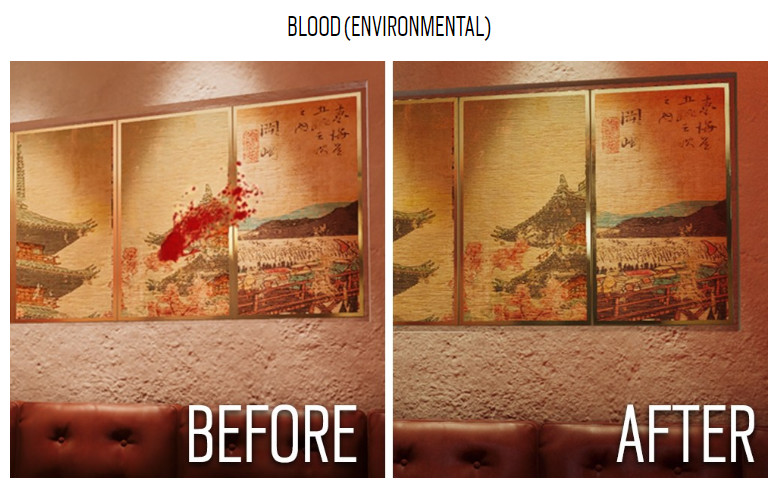
Any sexual content in Rainbow Six Siege is also being thrown out. Instances of this are few and far between, but the strip club in Clubhouse, for example, is having its neon-lit stripper light removed.

All environmental gambling objects are also set to be deleted. This includes the slot machines in levels such as Clubhouse, as well as the Casino on Yacht. Ironically, the loot crate ‘Alpha Packs’ will remain, so fictional gambling is being removed, real gambling is allowed to stay.
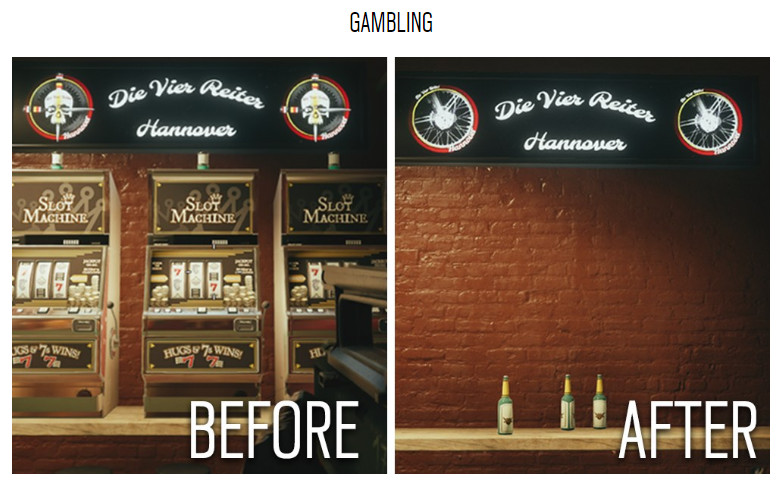
Lastly, allusions to violence are being removed, from the game about shooting people in the face. Any depictions of skulls are out, including skulls on skins, within the level design, or on the kill feed. The melee icon has also been changed from a knife to a fist.
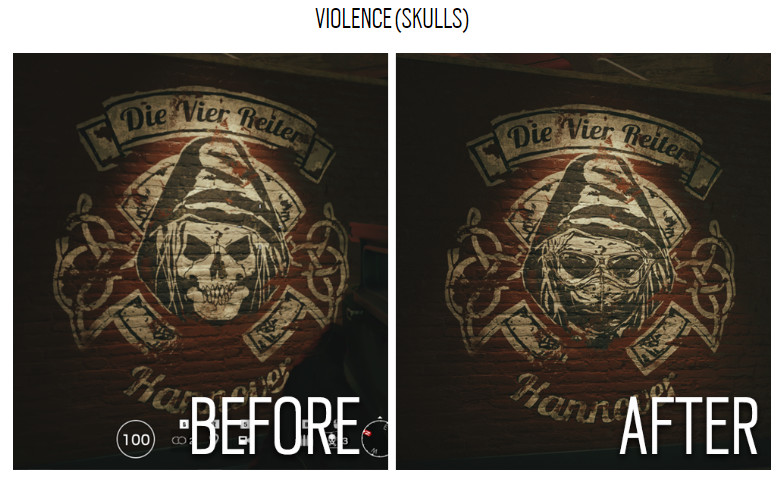
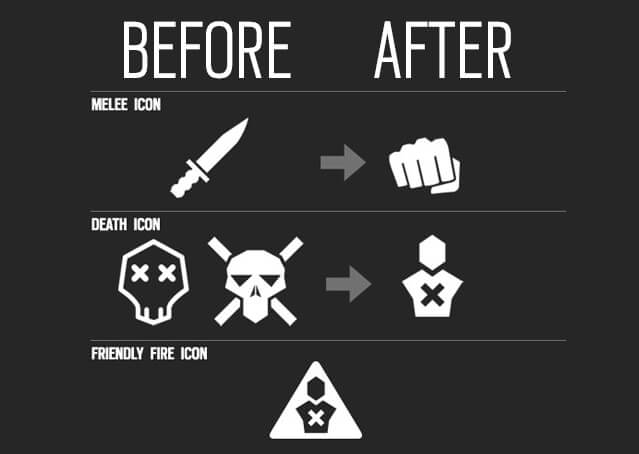
Ubisoft has said the changes will not impact the core of Rainbow Six Siege whatsoever. “We have a commitment to ensure that the Rainbow Six Siege experience remains true to its roots. We are adjusting art and visuals, but are not compromising what makes Rainbow Six Siege the game you know today.”
I beg to differ. Removing slot machines is going to change lines of sight, while blood splatter is an obvious gameplay element that will be missed. There are also a number of weapon and player skins that feature skulls and would need to be redesigned, so a refund has to be on the cards for players who’ve forked out for these. It’s frankly all a bit bizarre, and the blog post detailing these changes sits directly above another blog post about Halloween bundles that feature several skull and zombie masks available to buy that probably won’t transition to the new version.
Needless to say, the Siege subreddit currently looks like a pit of hellfire in regards to this controversial topic. Fans are not happy with the changes being made at all, so it remains to be seen whether Ubisoft backs down on the changes.
What are your thoughts on censoring content in a shooter three years after its launch? Should Ubisoft be splitting Siege into two different versions? Let us know your thoughts!
